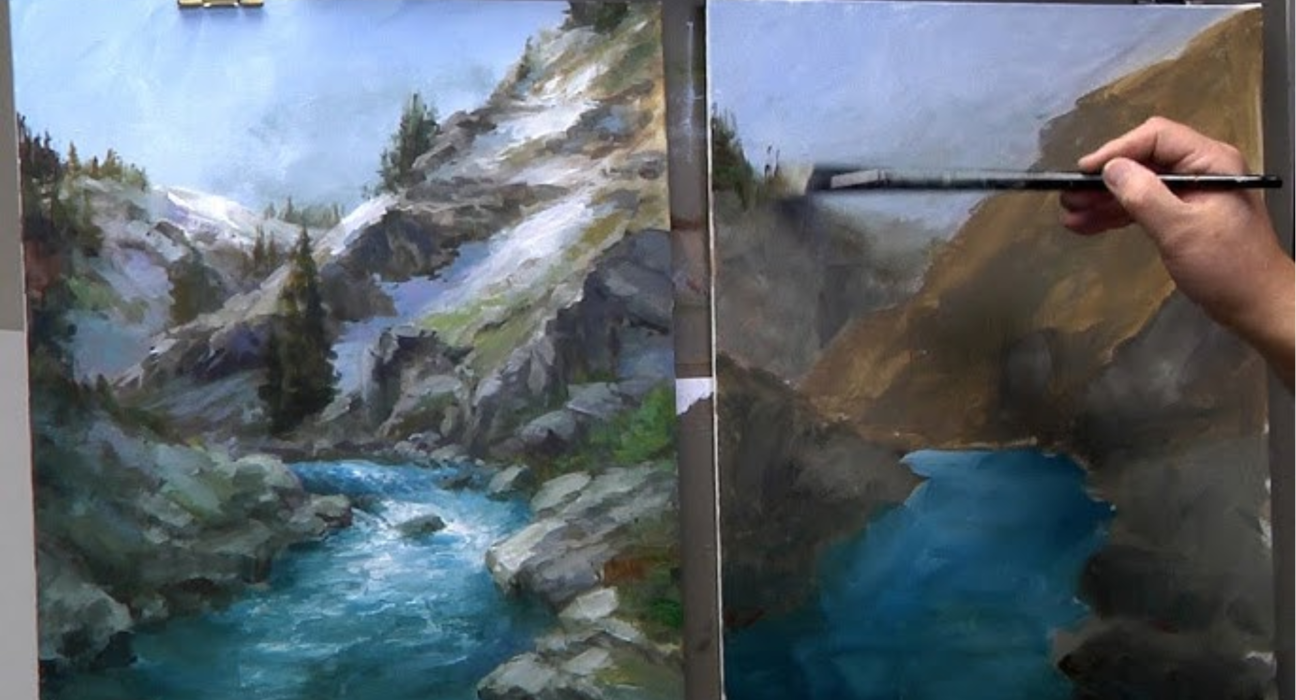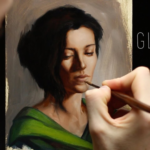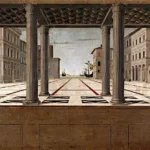Alla Prima, also known as the “wet-on-wet” technique, is a painting method that challenges artists to create their work in a single session, without waiting for layers of paint to dry. This approach demands confidence, speed, and an intimate understanding of color and form. Unlike traditional layering techniques that build up over time, Alla Prima relies on quick observation and decisive strokes to capture fleeting moments of light and shadow. Artists like Richard Schmid, who has written extensively on this method, see it as a way to create works with intense immediacy and emotional depth.
The Essence of Alla Prima: Spontaneity Meets Skill
Alla Prima is more than just a painting technique; it’s a philosophy that embraces the immediacy of creation. This section explores the core principles of Alla Prima and how it differs from traditional painting methods.
Before delving into the subheadings, it’s important to understand that Alla Prima represents a shift in artistic mindset. It’s about capturing the essence of a subject in its purest form, without the luxury of extended contemplation or revision. This approach aligns closely with the impressionist movement’s goals of depicting the fleeting effects of light and atmosphere.
The Philosophy Behind Alla Prima
Alla Prima embodies a philosophy of directness and spontaneity in art. It challenges artists to trust their instincts and make decisive strokes, rather than laboring over minute details. This approach reflects a broader artistic ethos that values authenticity and immediacy over perfection.
The philosophy extends beyond the canvas, encouraging artists to embrace imperfections and see them as integral parts of the creative process. It’s a mindset that celebrates the raw energy of creation, allowing for happy accidents and unexpected discoveries that can lead to truly unique works of art.
Moreover, Alla Prima aligns with the concept of mindfulness in art, urging painters to be fully present in the moment of creation. This intense focus can lead to a state of flow, where the artist becomes one with their work, resulting in pieces that vibrate with life and energy.
Comparing Alla Prima to Traditional Layering Techniques
Traditional layering techniques involve building up a painting over time, allowing each layer to dry before adding the next. Alla Prima, in contrast, is all about working quickly and decisively, blending wet paint on the canvas to create the final image in a single session.
The key difference lies in the approach to time and revision. Layering allows for meticulous planning and gradual refinement, while Alla Prima demands spontaneity and confident decision-making. This contrast in methods can lead to markedly different results, with Alla Prima paintings often exhibiting a freshness and vitality that’s hard to achieve through layering.
However, it’s worth noting that many artists combine elements of both approaches, using Alla Prima techniques for certain parts of a painting while employing layering for others. This hybrid approach can offer the best of both worlds, allowing for both spontaneity and refinement in a single work.
The Role of Color Theory in Wet-on-Wet Painting
Color theory takes on a new dimension in Alla Prima painting. Artists must have an intuitive understanding of how colors interact when mixed wet-on-wet, as there’s no time for colors to dry and be adjusted later.
This immediacy requires a deep knowledge of color relationships, complementary pairs, and how different pigments behave when blended. Successful Alla Prima painters often develop a highly refined sense of color, able to mix and apply the perfect hue without hesitation.
The wet-on-wet technique also allows for unique color effects that are difficult to achieve through layering. Soft edges, subtle gradients, and vibrant color transitions are hallmarks of skilled Alla Prima work, adding to the sense of life and movement in the finished piece.
Mastering the Technique: From Palette to Canvas
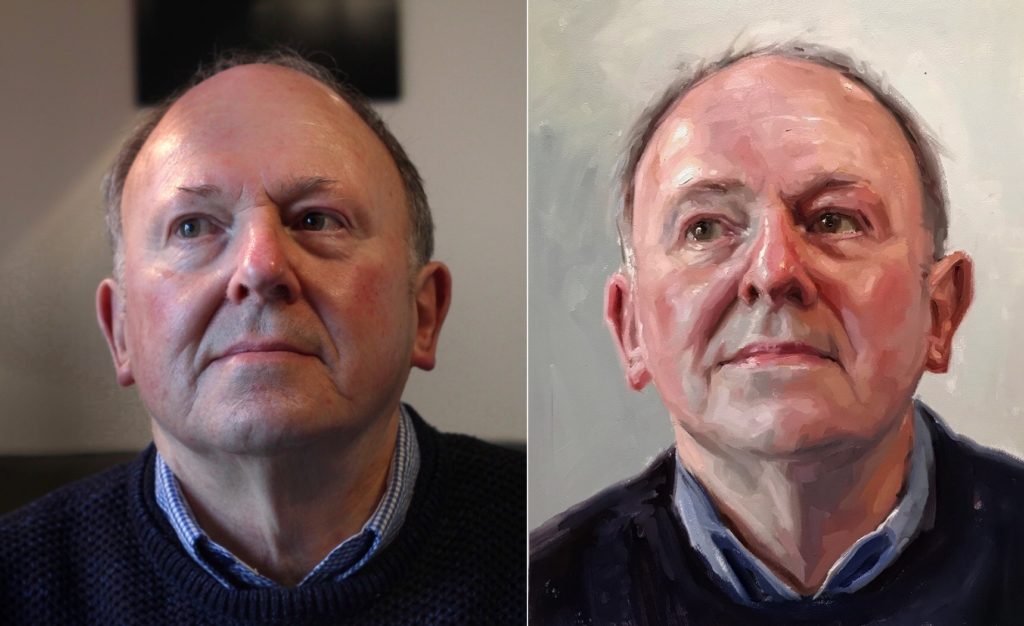
Mastering Alla Prima requires more than just talent; it demands a thorough understanding of materials, color mixing, and brush techniques. This section delves into the practical aspects of Alla Prima painting, offering insights into how artists can develop their skills in this challenging yet rewarding method.
The journey from palette to canvas in Alla Prima painting is a dynamic process that requires quick thinking and decisive action. Unlike other painting methods that allow for extended periods of contemplation and revision, Alla Prima demands that artists make choices rapidly and commit to them with confidence.
Choosing the Right Materials for Alla Prima
The success of an Alla Prima painting often hinges on the quality and suitability of the materials used. Selecting the right paints, brushes, and surfaces is crucial for achieving the desired effects and working efficiently within the time constraints of the technique.
Paints for Alla Prima should have a consistency that allows for easy blending and mixing on the canvas. Many artists prefer oil paints for their slow drying time and rich color, but acrylics can also be used with the addition of retarders to slow drying. The key is to choose paints that remain workable for the duration of the painting session.
Brushes play a vital role in Alla Prima painting. Long-handled brushes are often preferred as they allow for greater freedom of movement and expression. A variety of brush shapes and sizes is essential, from broad flats for laying in large areas of color to fine rounds for details and accents.
The painting surface should be prepared to accept wet paint readily. Many Alla Prima artists prefer a smooth, non-absorbent ground that allows paint to be moved and blended easily. Primed canvas or panels are popular choices, with some artists opting for texure or an absorbent gesso to create specific textural effects. Ultimately, the right materials not only aid in the execution of the technique but also inspire creativity by providing a tactile engagement between artist and medium.
Developing Your Brushwork Technique
Brushwork is essential in Alla Prima painting, serving as the visual language through which an artist’s intent and emotion are communicated. The ability to manipulate the brush effectively can lead to dynamic textures and expressive strokes that breathe life into a piece.
To develop effective brush techniques, artists often begin with loose, gestural strokes, focusing on the overall composition rather than minute details. This initial phase allows for an exploration of the subject matter, laying down bold colors and forms. As confidence grows, artists can experiment with varying pressure and angles to achieve different effects, ranging from soft washes to energetic impasto.
Furthermore, the choice of brushstroke can convey mood and character. For example, broad strokes may impart a sense of freedom and spontaneity, while fine, delicate lines could communicate sensitivity and precision. The interplay of these styles can add depth and dimension to a composition, illustrating the complexity of emotional expression within the confines of Alla Prima.
Cultivating Color Mixing Skills
The nuances of color mixing mark a significant aspect of mastery in Alla Prima painting. Given the immediacy of this technique, artists must develop a heightened proficiency in blending colors quickly and intuitively directly on the canvas.
A foundational step in cultivating these skills involves understanding color theory, particularly the relationships and contrasts between colors. Artists often benefit from regular practice that includes creating color swatches and experimenting with mixtures to observe how colors interact when blended wet-on-wet. Familiarity with primary, secondary, and tertiary colors can empower artists to mix their shades with confidence, allowing for a rich palette that energizes their work.
Moreover, engaging with the context of light—how it affects color perception—is crucial. Artists who learn to discern how natural light alters colors throughout the day can incorporate those insights into their paintings. This knowledge not only enriches color choices but also helps bring a layered realism to their work, regardless of the spontaneous essence emphasized in the Alla Prima technique.
Managing Time Effectively During Creation
Time management plays a pivotal role when working in an Alla Prima framework. Since the essence of the approach demands quick decision-making and execution, artists will find themselves needing strategies that facilitate efficient creation without suffocating the creative flow.
Setting clear goals at the outset of a painting session can be incredibly beneficial. Artists might aim to complete a specific area or establish a particular color relationship, which allows for a focused intensity rather than overwhelming oneself with the entirety of the work all at once. This sense of purpose directs the artist’s energy where it’s needed most and counters the anxiety of time constraints.
Additionally, having a prepared workspace—where all materials are easily accessible—can save precious minutes during intense painting sessions. A well-organized setup fosters confidence, enabling artists to trust in their ability to execute their vision fully in the moment, without the worries of interruption or disorganization disrupting their flow.
Practicing Alla Prima: Tips for Novice and Experienced Artists Alike
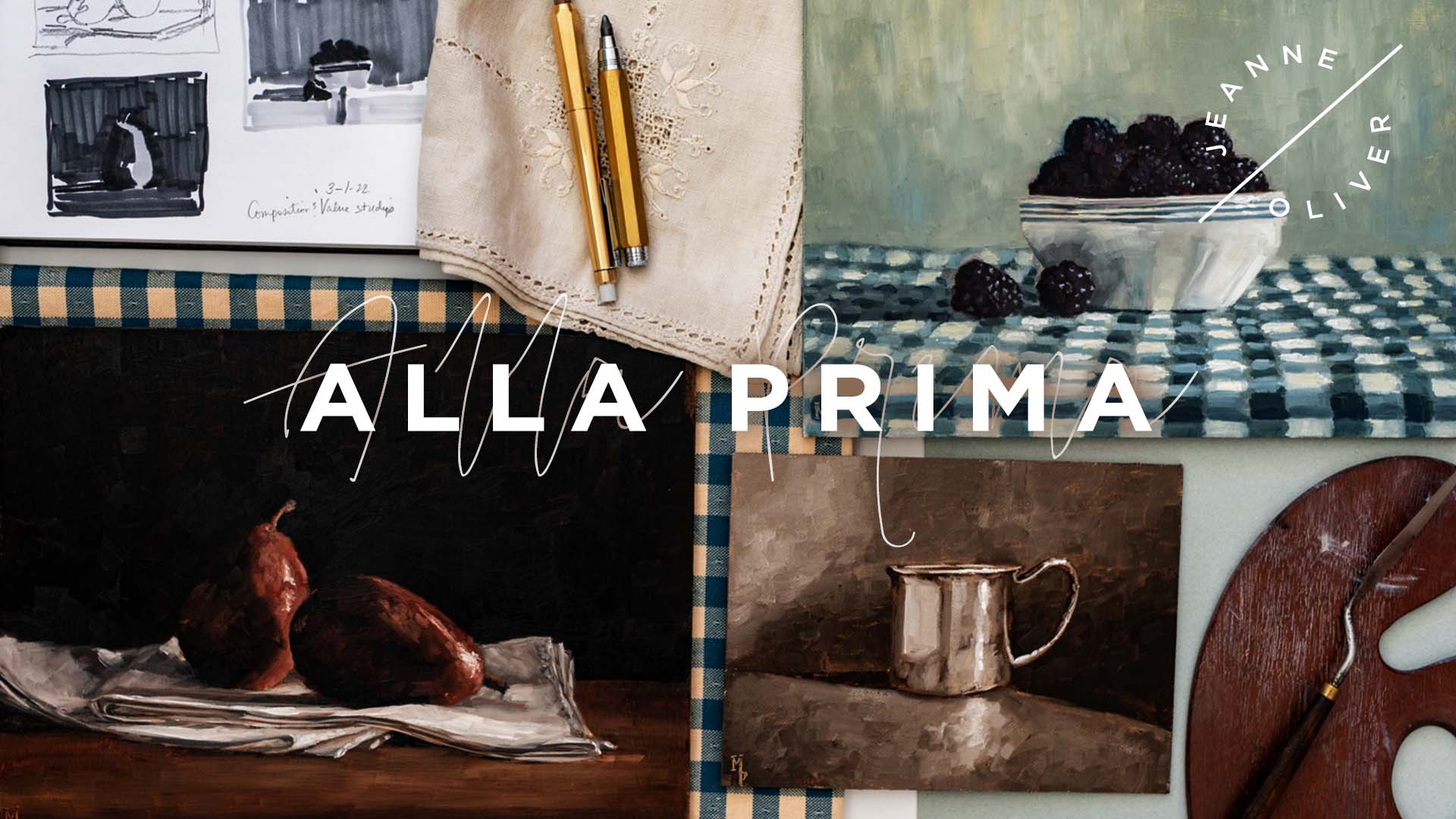
Practicing Alla Prima painting requires dedication, observation, and a willingness to push beyond one’s comfort zone. In this section, we provide actionable tips that both novice and seasoned artists can integrate into their artistic journey to deepen their experience with this exhilarating technique.
Engagement in consistent practice is key for artists looking to master the spontaneity and expressiveness characteristic of Alla Prima. Developing a habit of painting regularly, with an emphasis on speed and fluidity rather than precision, engages the mind and body in the unique rhythm that Alla Prima demands.
Setting Up Productive Painting Sessions
Creating an ideal environment is crucial for fostering productivity during painting sessions. Lighting plays an important role, especially natural light, which captures authentic colors and enhances an artist’s ability to see tonal variations. Positioning a workspace near windows can profoundly impact the effectiveness of color application, helping to maintain consistent standards throughout the process.
Artists should also consider their mental state when preparing for a painting session. Engaging in mindfulness or warm-up exercises, such as sketching or practicing brush techniques prior to diving into a full piece, can ease anxiety and open up channels of creative thought. These practices cultivate a relaxed atmosphere that keeps the mind agile.
Embracing Mistakes as Opportunities
One of the most liberating aspects of Alla Prima painting is its allowance for mistakes. Encouraging a mindset shift regarding errors can transform them from setbacks into opportunities for innovation. If a color blends unexpectedly or a stroke goes awry, artists can learn to adapt rather than despair.
An “improvisational” approach can take these surprising moments and weave them into the original concept, yielding results that may surprise and delight the artist in unforeseen ways. Documenting these instances allows artists to reflect on their growth and understand the merit of exploring paths they hadn’t initially intended to journey down.
The Importance of Art Observation in Alla Prima Practice
To advance one’s skill, artists are urged to immerse themselves in the world around them. Practicing observation—whether through studying other artworks or spending time in nature—can invigorate creativity.
By attending to a wide array of subjects, artists can enrich their repertoire while learning to mimic the fleeting qualities of light and texture they admire. The observations made in these moments become fodder for new inspiration, transcending limitations set by preconceived ideas about subject and style.
Conclusion

Alla Prima painting, with its emphasis on immediacy and raw expression, invites artists to engage deeply with their material, tapping into a spontaneity that can lead to thrilling surprises and discoveries on the canvas. By exploring the philosophy behind this technique, comparing it to traditional methods, mastering practical skills, and adopting productive habits, artists can find fulfillment and growth in their creative journeys.
Ultimately, whether a beginner or a seasoned artist, embracing the core tenets of Alla Prima breathe new life into one’s artistic practice. With every stroke laid down in uninhibited momentum, the harmony between artist and canvas flourishes, embodying the true spirit of artistic exploration.
✉️ Stay Connected — Subscribe for Weekly Updates
Discover timeless stories, practical wisdom, and beautiful culture — delivered straight to your inbox.
*We only share valuable insights — no spam, ever.




